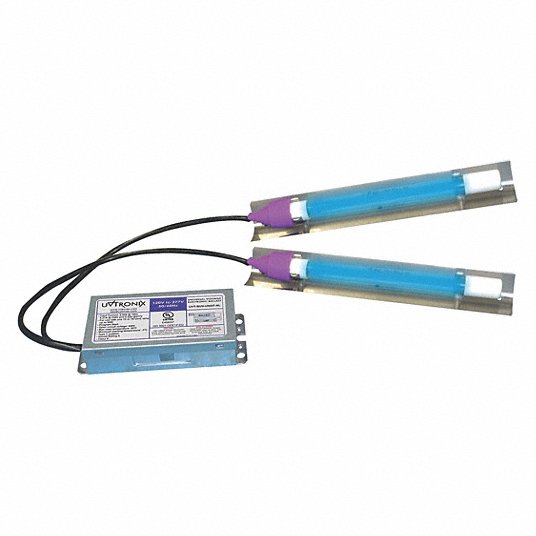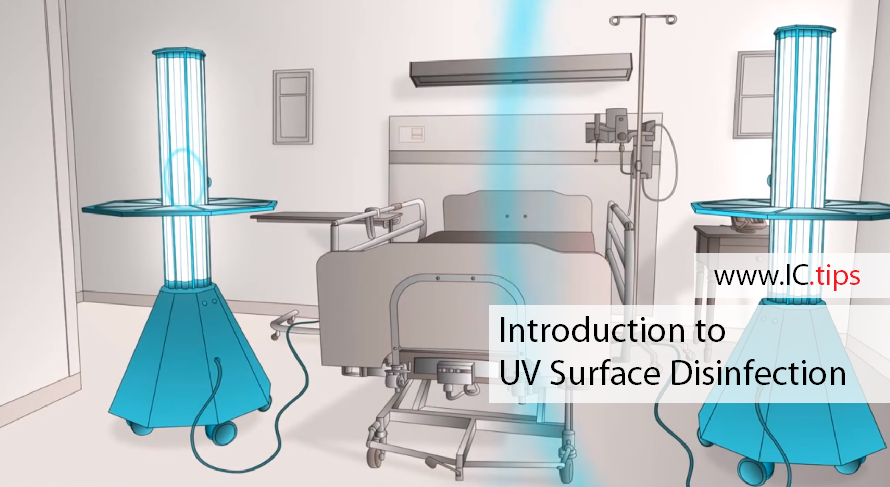UV Surface Disinfection Solutions: Enhancing Safety And Security and Hygiene in Any Kind Of Atmosphere
Discovering UV Sanitation: An Important Device in the Battle Against Dangerous Pathogens
As the globe faces an ever-increasing threat from hazardous pathogens, the look for efficient approaches of sanitation has ended up being an immediate priority. While typical cleaning methods have actually shown some success, there is an expanding acknowledgment that we need to check out ingenious approaches to fight these unnoticeable opponents. One such technique that has actually garnered considerable interest is UV sanitation. Using the power of ultraviolet light, this modern technology has demonstrated encouraging lead to getting rid of a wide variety of microorganisms. Just how does it work? What are the advantages? And where can it be used? In this discussion, we will certainly look into the world of UV disinfection, discovering its possible as an essential tool in the fight against unsafe microorganisms.
Exactly How Does UV Sanitation Job?
UV sanitation functions by using ultraviolet (UV) light to get rid of harmful pathogens and avoid their spread. This extremely efficient approach entails using UV radiation to disrupt the DNA and RNA of microorganisms, rendering them incapable to replicate and triggering their ultimate damage.
When UV light is made use of for sanitation, it is generally released from a lamp or bulb that generates a details wavelength of UV-C light. uv surface disinfection. This wavelength, ranging from 200 to 280 nanometers, is particularly effective at permeating the outer cell wall surface of microorganisms, viruses, and various other microorganisms. As soon as inside the cell, the UV radiation targets and damages the hereditary material, preventing the bacterium from reproducing and creating infection
UV disinfection systems are made to release the suitable intensity and period of UV light to guarantee reliable pathogen removal. The dose of UV light needed for sanitation relies on aspects such as the sort of bacterium, its resistance to UV radiation, and the certain application. In addition, the system must be very carefully engineered to guarantee appropriate exposure of the target virus and to avoid any prospective harm to humans or the atmosphere.
The Benefits of UV Sanitation
UV sanitation uses a wide range of benefits in effectively removing dangerous microorganisms and minimizing the risk of infection. Among the primary advantages of UV disinfection is its capacity to give a environmentally friendly and chemical-free remedy. Unlike traditional sanitation methods that count on chemicals, UV sanitation makes use of ultraviolet light to damage the DNA and RNA of microorganisms, making them incapable to reproduce and trigger infections. This chemical-free approach makes certain that no dangerous deposits are left behind, eliminating any type of possible health and wellness threats connected with chemical disinfectants.
Another significant advantage of UV disinfection is its efficiency in eliminating a vast array of pathogens. UV light has been confirmed to efficiently get rid of germs, infections, fungis, and protozoa, including those that are resistant to typical disinfectants. This broad-spectrum efficiency makes UV disinfection a versatile tool in various settings, such as healthcare facilities, water therapy plants, and food handling sectors.
In enhancement to its efficiency, UV sanitation also uses rapid disinfection cycles. Unlike other techniques that require prolonged contact times or repetitive applications, UV disinfection can accomplish considerable virus reduction in a matter of seconds. This efficient and fast process permits improved performance, reduced downtime, and boosted overall functional effectiveness.
Moreover, UV sanitation is a non-contact approach, which implies that it does not need direct physical call with the objects or surfaces being decontaminated. This feature makes it appropriate for usage on fragile devices and sensitive products that might be harmed or impacted by other sanitation approaches.
Applications of UV Disinfection in Medical Care

UV disinfection is likewise used in the sterilization of medical equipment and tools (uv surface disinfection). The high strength of UV light can effectively eliminate germs, infections, and other microorganisms, making certain that medical tools are free and safe from pollutants. In addition, UV disinfection is utilized in water therapy systems within medical care centers. UV light is capable of suspending damaging microorganisms, infections, and bloodsuckers, making the water risk-free for usage and reducing the risk of waterborne infections.
Moreover, UV sanitation modern technology is used in the sanitation of medical care attires and personal protective devices (PPE) By utilizing UV light, medical care specialists can make certain that their attires and PPE are without microorganisms, stopping the transmission of infections in between people and medical care employees.
UV Disinfection in Public Spaces
Public areas are significantly applying UV sanitation modern technology as an important measure to fight the spread of harmful pathogens. With the ongoing worldwide pandemic and the continuous threat of infectious illness, the requirement for effective sanitation approaches in public areas has come to be critical. UV disinfection provides a efficient and reputable service in this respect.

UV disinfection systems use ultraviolet light to deactivate the DNA and RNA of microorganisms, infections, and various other microorganisms. This procedure disrupts their capacity to duplicate and render them harmless. These systems can be installed in various public areas, consisting of cooling and heating systems, escalators, elevators, and surface disinfection robotics. Making use of UV disinfection innovation in public areas not only aids in reducing the risk of infection however also instills self-confidence among the general public regarding their security.
As public rooms proceed to adjust to the challenges positioned by transmittable conditions, UV disinfection modern technology plays an essential function in guaranteeing a clean and secure setting. By implementing such actions, public spaces can effectively reduce the spread of unsafe virus and add to the total well-being of the area.
The Future of UV Disinfection Modern Technology
As the demand for enhanced sanitation approaches continues to grow in response to the recurring global pandemic and the continuous risk of transmittable conditions, the future of UV disinfection modern technology holds appealing advancements in making sure a lot more reliable and efficient pathogen elimination in numerous settings.

One area of advancement is the growth of more portable and mobile UV disinfection gadgets. In addition, innovations in automation and robotics are being checked out to enhance the efficiency and performance of UV sanitation procedures.
Another location of expedition is using UV sanitation in air filtration systems. By incorporating UV-C lights into heating and cooling systems, airborne virus can be effectively reduced the effects of, decreasing the threat of transmission in indoor environments.
Additionally, scientists are checking out making use of UV sanitation in food handling centers to make sure the safety and security and top quality of food items. UV-C light has actually been discovered to be efficient in getting rid of foodborne pathogens, supplying a chemical-free choice to standard disinfection methods.
Final Thought
Finally, UV disinfection is a necessary tool in the battle versus damaging pathogens. Its performance in eliminating germs, infections, and other bacteria makes it visit their website an important modern technology in healthcare setups and public areas. With its capacity to offer a eco friendly and chemical-free technique of disinfection, UV innovation holds wonderful prospective for the future. Its prevalent application can add to the avoidance of infections and the improvement of public wellness.
UV disinfection systems are created to send out the ideal strength and duration of UV light to make certain reliable microorganism removal. The dose of UV light needed for sanitation depends on variables such as the kind of bacterium, its resistance to UV radiation, and the specific application. Unlike typical disinfection approaches that rely on chemicals, UV disinfection utilizes ultraviolet light to destroy the DNA and RNA of microbes, making them not able to recreate and cause infections.In enhancement to its efficiency, UV disinfection also provides quick sanitation cycles. One of the major applications of UV sanitation in medical care is in the disinfection of individual areas and running theaters.